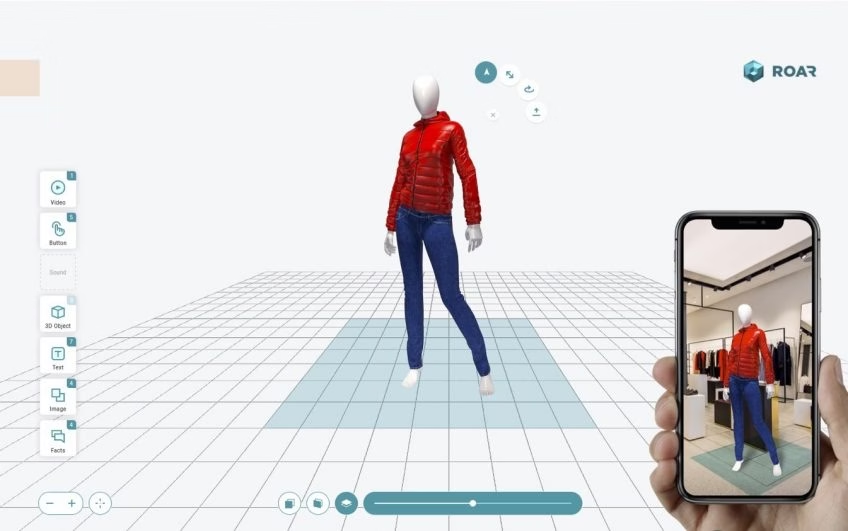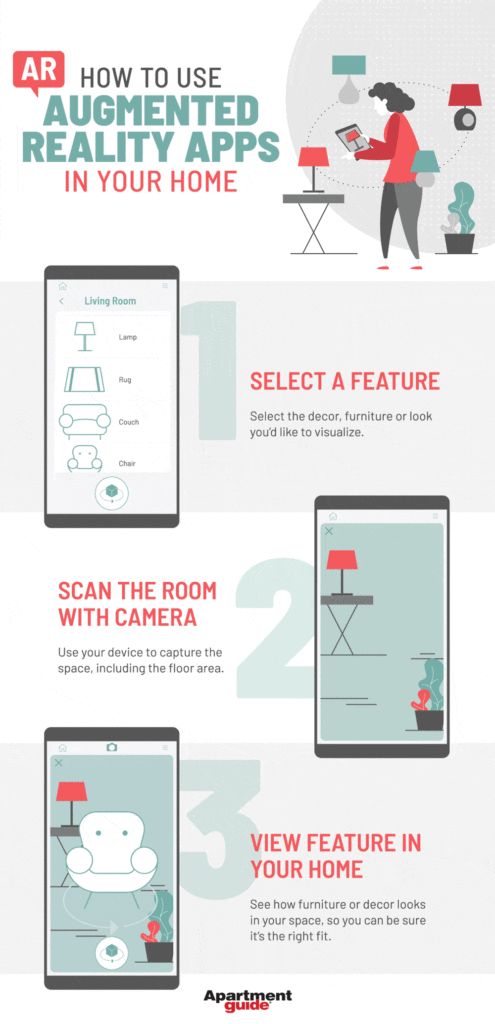As technology continues to evolve, augmented reality (AR) is becoming increasingly popular among businesses and individuals alike. AR is a technology that overlays digital information onto the real world through a device such as a smartphone or tablet. It allows users to have an interactive and immersive experience that blurs the line between the virtual and physical worlds. Creating an AR experience can seem like a daunting task, but with the right tools and knowledge, it can be a fun and exciting project.
To create an AR experience, you will need to understand the basics of AR technology and the tools used to create it. There are various software and platforms available that provide AR development capabilities, such as Unity, Vuforia, and ARKit. These tools allow users to create 3D models, animations, and interactions that can be overlaid onto the real world. By combining these tools with creativity and imagination, you can create an AR experience that is truly unique and engaging for your audience.
Creating an Augmented Reality Experience is a process that involves building an interactive digital world that overlays reality. To create an augmented reality experience, you’ll need to choose the technology platform, create 3D assets, and use a development engine to program the experience. You’ll also need to develop the user experience, define the use cases, and integrate the experience into the user’s environment.
- Choose the technology platform. Popular options include Apple’s ARKit, Google’s ARCore, and Microsoft’s HoloLens.
- Create 3D assets. Modeling software like Autodesk Maya, Blender, and SketchUp can be used to create 3D assets.
- Use a development engine. Development engines like Unity, Unreal, and Vuforia can be used to develop the augmented reality experience.
- Develop the user experience. Design the user interface and interaction elements to ensure the user experience is intuitive and engaging.
- Define the use cases. Identify how users will interact with the augmented reality experience.
- Integrate the experience. Create a plan for how the augmented reality experience will be integrated into the user’s environment.

How to Create an Augmented Reality Experience?
Augmented reality (AR) is a growing technology that is used to enhance the physical world with digital elements. It has been used to create immersive experiences in gaming, education, entertainment, and more. In this article, we will discuss how to create an augmented reality experience.
Step 1: Define the Goal of Your AR Experience
The first step to creating an augmented reality experience is to define the goal. What do you want to accomplish with your AR experience? Are you aiming to educate your audience, create a game, or tell a story? By defining the goal of your experience, you can determine the type of content and interaction required for a successful experience.
Step 2: Develop the Content
Once you have defined the goal of the experience, you can begin to develop the content. This involves creating the 3D objects, animations, and other elements that will be used in the experience. It’s important to create content that is engaging, educational, and entertaining. You can use existing 3D models, create your own, or even hire a 3D artist to create content for you.
Step 3: Create the Story
Once you have the content developed, you can create the story. This involves designing the flow of the experience and the interactions that will take place. This includes designing the user interface, defining triggers, and creating the game logic. This step requires creativity and an understanding of the technology to create an engaging experience.
Step 4: Develop the App
The next step is to develop the app that will power the experience. This involves coding the app, integrating the 3D content, creating the AR interactions, and testing the experience. It’s important to create an app that is optimized for the target device and has a responsive user interface.
Step 5: Publish the App
Once the app is developed and tested, it’s time to publish the app. This involves submitting the app to app stores, setting up analytics, and marketing the experience. It’s also important to continue to update the app to ensure a great user experience.
Step 6: Monitor and Improve
The final step is to monitor and improve the experience. This involves tracking analytics, responding to feedback, and making changes to the experience. This is an ongoing process that will ensure that your AR experience remains engaging and up-to-date.
Frequently Asked Questions
Augmented reality (AR) is a technology that adds digital elements to a live view of the real world, helping to create immersive experiences. It has been used to improve the way people experience games, shopping, and more. Here are some frequently asked questions about creating an augmented reality experience.
What is Augmented Reality?
Augmented reality (AR) is a technology that adds digital elements to a live view of the real world, providing an immersive experience. It can be used to improve the way people experience games, shopping, and more. AR is a form of mixed reality that combines the physical world with digital content and objects. This content can be displayed in the form of 3D models, text, audio, or video.
How Do I Create an Augmented Reality Experience?
Creating an augmented reality experience requires careful planning and development. First, you need to define the goals for your experience and determine how you want the audience to interact with it. Once you have a clear idea of what you want to accomplish, you can begin to develop the experience. You will need to create the 3D models, audio, and video content, and then use a software platform like Unity or Unreal Engine to bring the experience to life. Additionally, you may need a mobile device and AR-enabled app, depending on the type of experience you are creating.
What Are the Benefits of an Augmented Reality Experience?
An augmented reality experience can provide a number of benefits. It can be used to engage and entertain audiences in new and exciting ways. Additionally, it can help to create more immersive and interactive experiences, allowing users to explore and interact with digital content in a more natural way. Finally, it can be used to facilitate learning and understanding of complex concepts.
What Are the Limitations of an Augmented Reality Experience?
Like any technology, augmented reality experiences have their limitations. One of the biggest challenges is ensuring that the experience is realistic and engaging enough to keep users interested. Additionally, the experience may require a powerful device and an internet connection, which can limit its availability to certain audiences. Finally, creating an augmented reality experience requires considerable time, energy, and resources, so it may not be feasible for some projects.
What Are the Best Practices for Creating an Augmented Reality Experience?
Creating an effective augmented reality experience requires careful planning and development. It is important to clearly define the goals for the experience, determine the types of interactions you want users to engage in, and create engaging 3D models, audio, and video content. Additionally, it is important to use a reliable software platform and ensure that users have access to the necessary hardware and software. Finally, it is important to test the experience and make any necessary adjustments before releasing it to the public.
In conclusion, creating an augmented reality experience is a thrilling process that requires a significant amount of creativity and technical expertise. With the help of various tools and platforms available today, anyone can create a seamless and immersive AR experience that can captivate their audience. However, it’s essential to keep in mind that the success of an AR experience is not solely dependent on its technical prowess but rather, on its ability to offer a unique and unparalleled experience to the user.
In essence, creating an AR experience is not just about showcasing the latest technology, but it’s about taking the user on a magical journey that they will remember for a long time. By following the guidelines and best practices mentioned above, you can create an AR experience that can take your audience to a whole new world of possibilities. So, don’t be afraid to experiment, think outside the box, and most importantly, have fun while creating your AR experience!


